Discover Mount Heng (Hengshan) – The Sacred Northern Peak of China
Welcome to Mount Heng, also known as Hengshan, one of China’s Five Great Mountains and a treasure of natural beauty, cultural heritage, and spiritual significance. Located in Shanxi Province, Mount Heng is revered as the Northern Sacred Mountain and has been a center of pilgrimage, worship, and inspiration for thousands of years. Whether you’re a history enthusiast, a nature lover, or a spiritual seeker, Mount Heng offers an unforgettable journey into the heart of Chinese culture and landscapes.
Location & Overview
Mount Heng is situated near the city of Datong in Shanxi Province, northern China. It is part of the Five Great Mountains of China (Wu Yue), each representing a cardinal direction. As the Northern Peak, Mount Heng has long been associated with stability, strength, and protection. Its dramatic cliffs, lush forests, and serene temples make it a must-visit destination for travelers exploring China’s rich cultural and natural heritage.
Cultural & Spiritual Significance
Mount Heng holds a special place in Chinese history and spirituality. For over 2,000 years, it has been a sacred site for Taoism, Buddhism, and traditional Chinese mountain worship. Emperors of ancient China would visit Mount Heng to perform rituals and pray for the prosperity and stability of their empires.
The mountain is home to several iconic temples, including:
- Hanging Temple (Xuankong Si): A breathtaking architectural marvel built into a cliffside, combining Taoist, Buddhist, and Confucian elements.
- Beiyue Temple: A grand temple complex dedicated to the worship of the Northern Peak, showcasing traditional Chinese architecture and artistry.
These sites reflect the deep spiritual connection between nature and humanity in Chinese culture.
Natural Beauty & Scenery
Mount Heng is renowned for its stunning landscapes, which change with the seasons:
- Spring: Blooming flowers and fresh greenery cover the mountain slopes.
- Summer: Lush forests and misty peaks create a serene and mystical atmosphere.
- Autumn: Golden and red foliage transforms the mountain into a painter’s paradise.
- Winter: Snow-capped peaks and icy cliffs offer a tranquil and otherworldly beauty.
The mountain’s rugged terrain, deep valleys, and panoramic views make it a paradise for hikers, photographers, and nature enthusiasts.
Historical Legacy
Mount Heng has witnessed centuries of Chinese history. It served as a strategic military site during ancient times due to its commanding position in northern China. The mountain’s temples and inscriptions also preserve the artistic and literary achievements of past dynasties, offering a glimpse into China’s rich cultural evolution.
Travel & Tourism
Visiting Mount Heng is a journey into the heart of China’s natural and cultural wonders. Here are some tips for your trip:
- Best Time to Visit: Spring (April-May) and Autumn (September-October) offer pleasant weather and vibrant scenery.
- Must-See Attractions:
- Hanging Temple: Explore this gravity-defying temple perched on a cliff.
- Beiyue Temple: Discover the history and artistry of this ancient religious site.
- Hiking Trails: Trek through scenic paths to enjoy breathtaking views and peaceful surroundings.
- Nearby Attractions: Combine your visit with a trip to the Yungang Grottoes in Datong, a UNESCO World Heritage Site featuring ancient Buddhist carvings.
Why Visit Mount Heng?
Mount Heng is more than just a mountain – it’s a symbol of China’s enduring spirit, a testament to its rich cultural heritage, and a sanctuary of natural beauty. Whether you’re seeking adventure, tranquility, or a deeper understanding of Chinese history and spirituality, Mount Heng promises an experience that will stay with you forever.
Plan Your Journey Today and uncover the wonders of China’s Northern Sacred Mountain!
Picture of Hengshan, the northern peak of the Five Sacred Mountains
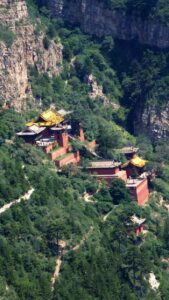

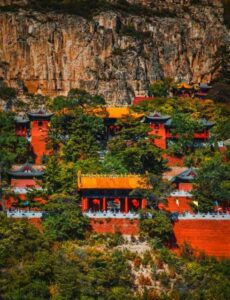
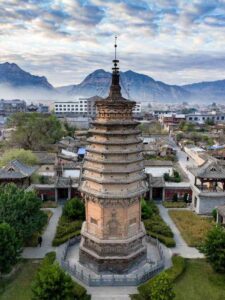

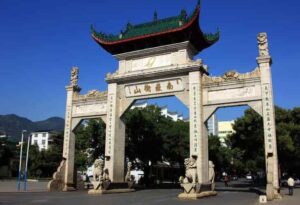
Sunrise image of Mount Heng, the northern peak of the Five Sacred Mountains
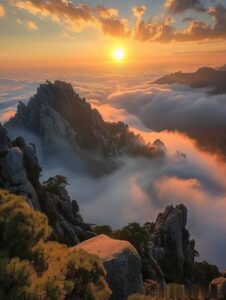
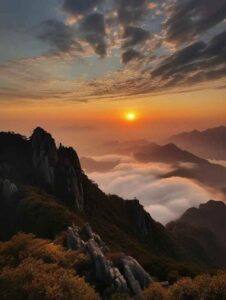

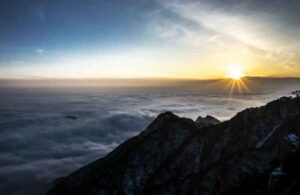

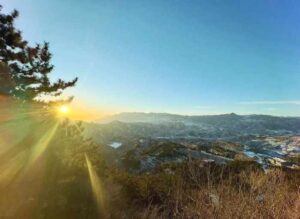

Picture of Cloud Sea in Mount Hengshan, North China

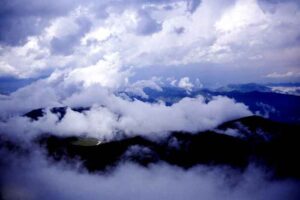

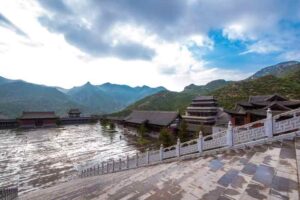
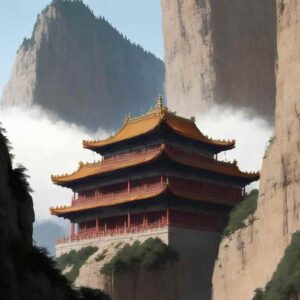
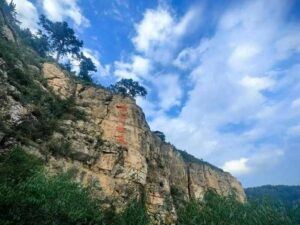


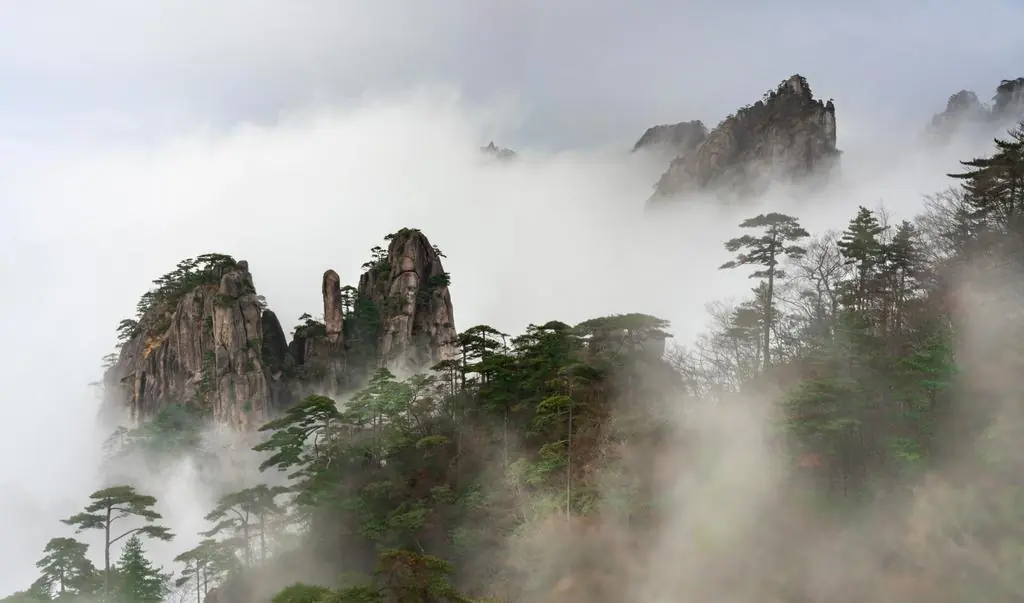
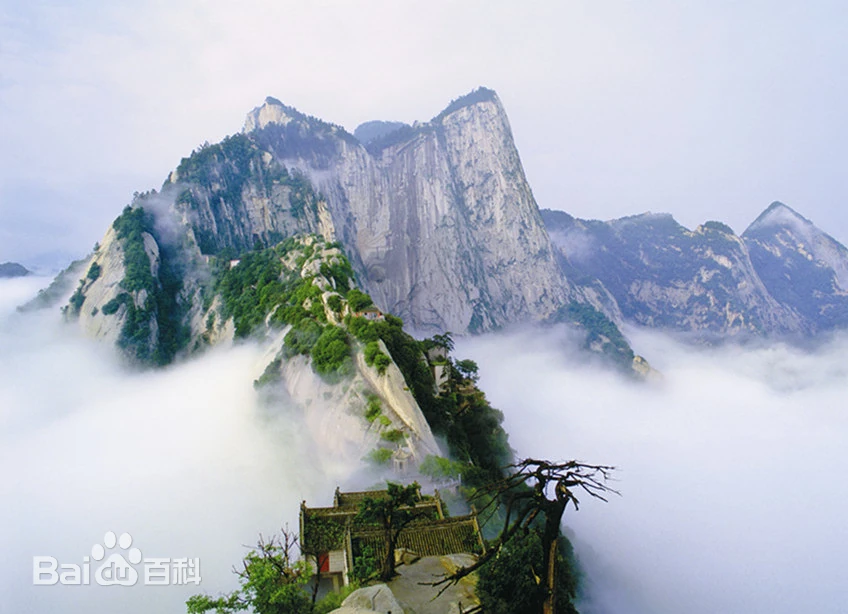
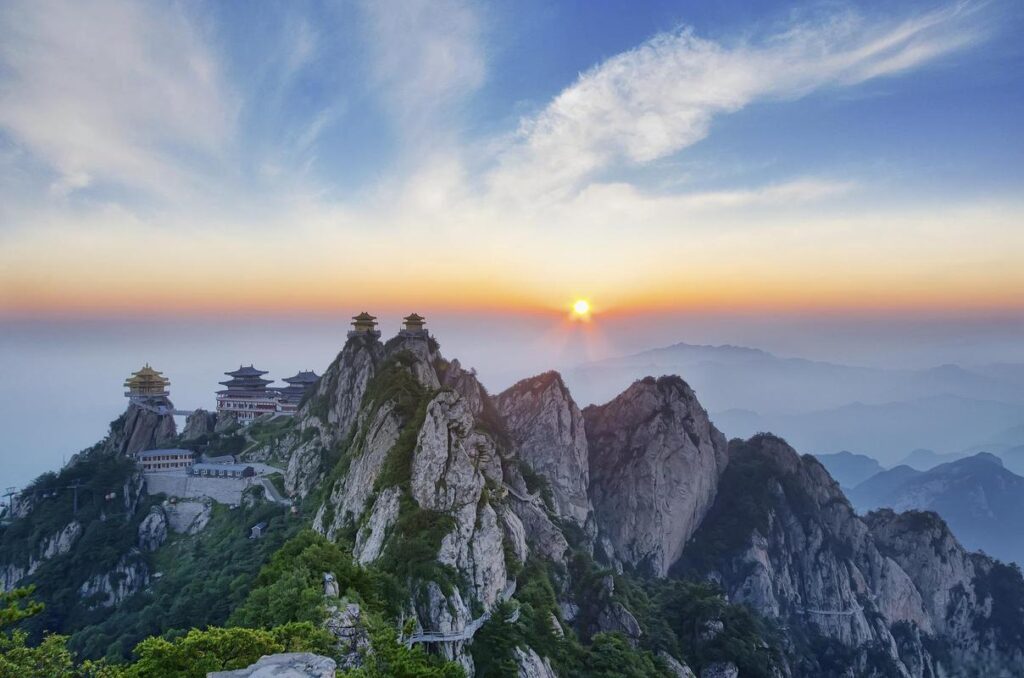
how beautefull ,it is